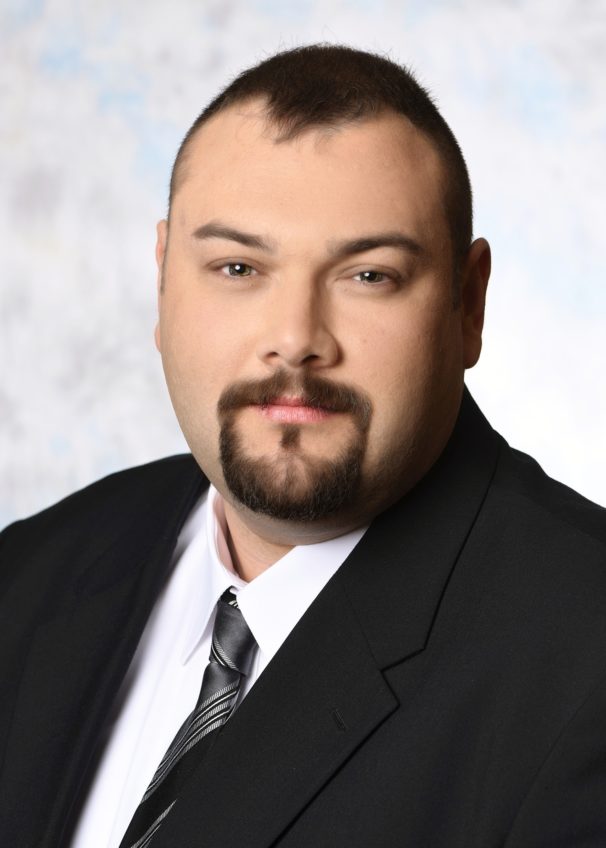
In 2030 all baby boomers will be older than 65 and, for the first time in U.S. history, aging baby boomers will outnumber children. Given this population shift, providing senior care is quickly becoming one of the fastest growing — and one of the most important —industries in the nation.
The mounds of paperwork that are usually associated with senior living care providers is not making this process any easier. This is something all too familiar for us at Symbria, a leading provider of rehabilitation, pharmacy and wellness services for senior living and post-acute care providers. We’re always looking to improve our outcomes, but the amount of paperwork we were dealing with had become an increasing burden on key personnel. Given this need, we took a deeper look at how to reinvent the way we manage plan of care documents for patients.
By digitally transforming this process, we eliminated repetitive, manual tasks once required of managerial therapists, creating more time for them to focus on providing the best possible patient care. This new, automated process is also scalable, a priority for the company as it continues to grow in the coming years.
Identifying the culprit: Manual onefficiencies
Symbria’s legacy plan of care process was manually driven and put unnecessary burden on the company’s rehab program managers — managerial therapists who work at various health facilities including skilled nursing, assisted living, independent living, outpatient and home health facilities. Once a patient was evaluated, a managerial therapist would generate a plan of care document and use an implemented therapy software to print the plan of care form, which must be signed by a physician within 30 days of the evaluation in order for the patient and therapist to move forward.
The document would have to be physically carried to the physician within the building, or the program manager would have to search for a fax number online in order to obtain the signature.
Once a signature was received, the program manager would then scan the paper form and upload it back to the therapy software to be attached to the patient’s file. In addition to this, the document would need to be emailed or physically carried to the medical records department at the facility, since a copy was required there as well. This process could cause significant delays and added a cumbersome step to the process for our program managers, whose priority is patient care—not paperwork.
Seamless digital tools reduce time
Gartner recently found that only 52% of healthcare organizations have the ability and desire to digitally transform their organizations. As the need for senior patient care rises, organizations need to examine how to implement different solutions in order to keep up.
For the Symbria team, reimaging patient care is always top of mind. We turned to an enterprise content management software company and solution provider to help us automate our plan of care process, allowing us to eliminate almost all of the manual tasks associated with it for program managers.
Today, our program managers are able to generate the plan of care digitally and upload it to Symbria’s corporate office using an electronic form. The electronic form is automatically read for the physician’s registration number and other vital information, so the document can be identified and disseminated with minimal human intervention.
The plan of care form also includes a barcode, so once the physician signs it and it is returned digitally, we can quickly correlate it to the appropriate patient. A Symbria data entry staff member verifies the signature and date on the document, then uploads the signed document to the therapy software — essentially removing the program manager from the process so they can remain focused on patient care. Simultaneously, the document is digitally sent to the medical records department. The program manger’s role during the process is solely to generate the plan of care form and upload it.
The response to this automated process has been extremely positive. As we continue to use this process and automate more, we expect scalability, which is important to us as we grow.
Transforming operations across the organization
Since implementing this new automated process, we’ve experienced impressive time savings. Individual program managers on average save two to five hours each week. With Symbria’s program managers servicing about 150 facility clients, this increased efficiency has been significant for the entire organization.
Throughout this digital transformation process, Symbria has also automated key HR and accounts payable processes. Our new optimized, digital processes support the organization’s aim to surround clients and partners with the creative, future-focused solutions they need to thrive in a fast-changing healthcare landscape.
Digital transformation is a top priority for Symbria. With baby boomers expected to make up more than half of the population in the next year it’s critical that we look at how to transform our processes to help us become more efficient in the care we provide our patients. By proactively identifying inefficiencies, Symbria has been able to dramatically chance its plan of care approach and so much more.
Mark Candiotti is National Director and Operations Liaison at Symbria Inc.





